Table of content
How to Run a DISC Workshop: Step-by-Step Guide for Impactful Training
Learn how to run a DISC workshop that truly connects and inspires. This guide covers planning, facilitation, and effective follow-up strategies.
Running a DISC workshop can seem complex at first, but it becomes simple with the right plan. Learning how to run a DISC workshop helps you guide teams toward better communication, trust, and performance. Whether you’re a trainer, manager, or HR leader, this guide shows you how to create sessions that are interactive, easy to follow, and deliver real results your participants will remember.
What Is a DISC Workshop?
A DISC workshop is a guided session based on the DISC behavioral model. It helps people understand themselves better, improve how they work with others, and build stronger teamwork. This type of training often includes simple group discussions, short activities, and a quick personality test. The goal is to create real results in both personal growth and team performance.
Purpose and Core Goals of DISC workshop:
- Boost individual self-awareness by exploring one’s dominant behavioral style (Dominance, Influence, Steadiness, Conscientiousness)
- Enhance team communication by offering a shared vocabulary to understand differing work preferences and behavioral tendencies
- Foster team cohesion or team building by helping people recognize how to flex their style to interact more smoothly with others\
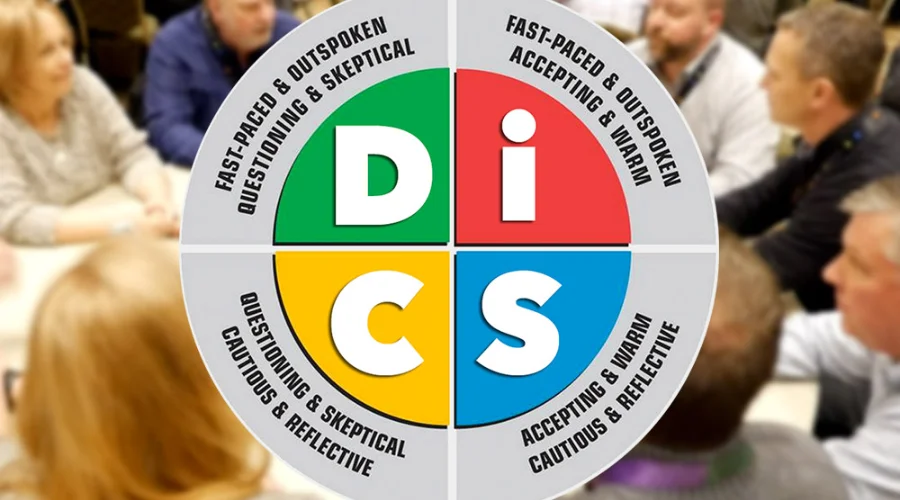
Why Run a DISC Workshop?
A DISC workshop helps individuals understand how they work and communicate effectively. It is not just a class - it's a simple way to build better teamwork and improve daily interactions. Many companies now use DISC for team building because it brings quick and clear results.
For Individuals: Building Self-Awareness
A DISC workshop helps each person see their own behavior more clearly.
- It shows what drives them and how they react in different situations.
- People learn about their strengths and where they can improve.
- With this knowledge, they can adjust how they speak, listen, and respond to others.
- This self-awareness makes working and communicating with others easier and more confident.
If you are new to DISC test, you can try a free DISC workshop or short DISC online training to understand your style before joining a full session
For Organizations: Improving Teamwork and Leadership
A DISC workshop gives teams a shared way to understand each other.
- It helps explain why people act and respond in different ways.
- This reduces conflict and helps conversations flow better.
- Team members learn to adapt their style so communication feels smoother.
- Leaders can facilitate DISC assessment sessions to find what motivates their staff.
- The result is stronger trust, better teamwork, and higher engagement.
A DISC workshop connects personal growth with team success. When people understand themselves and others, they work better together. Through how to run a DISC workshop for teams, any organization can build a culture of respect, clarity, and real results.
Key Components to Plan Before Your DISC Workshop
Running a DISC session takes planning and structure. Before you begin, outline each part of the process carefully. These key components will guide you on how to run a DISC workshop that truly connects with your team.
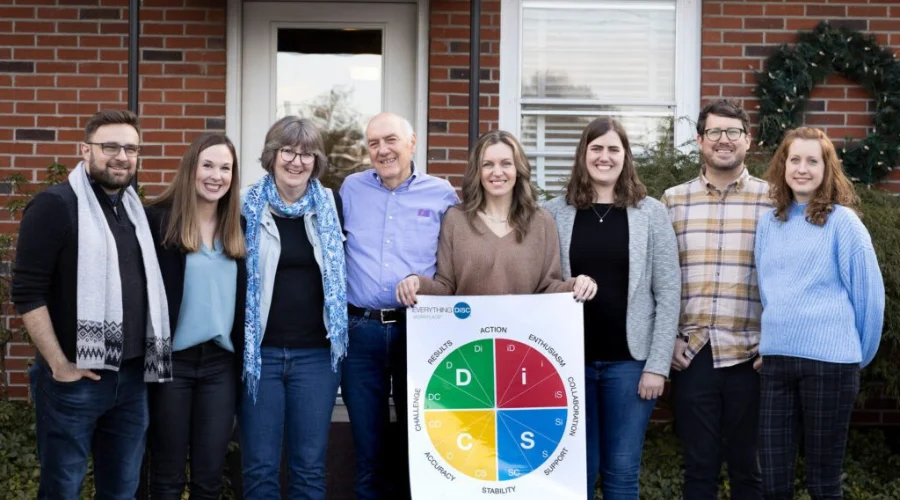
Define Objectives & Outcomes
Before you start, set clear goals for your session. Decide what your team should learn or improve. This could be understanding behavioral styles, improving communication, or building teamwork. Knowing your targets helps you stay focused and measure success. When planning DISC classes, clear objectives guide every step.
Select the Right Format: In-Person vs Online
Choose the format that fits your team best.
- In-person offers richer interaction, hands-on group exercises, and immediate feedback.
- Online delivers flexibility, access for remote attendees, and convenient breakout tools.
- Blended formats combine both approaches to maximize engagement and reach. Choosing the correct mode influences your delivery style, tool choices, and pacing.
Prepare DISC Assessments and Materials
You’ll need valid assessment instruments, graphical tools, and supporting resources. Send the DISC questionnaire to participants in advance. Be ready with individual profiles, group charts, facilitator guides, and case studies. Include worksheets that help learners link theory to action.
Bring visual aids like color wheels or behavior maps to help people see differences. Simple tools make it easier to explain how to run a DISC workshop effectively.
Design a Time-Balanced Agenda
Structure your session into modules and allocate time to each component wisely. A typical flow might include:
- Welcome and introduction to DISC.
- Explain the model and four main styles.
- Review individual results.
- Run group exercises and role plays.
- End with feedback and action steps.
Keep segments concise; alternate between listening and doing to maintain energy. Build in short breaks and buffers.
How to Run a DISC Workshop Successfully in 7 Steps
Running a DISC workshop requires more than presenting information. It’s about building trust, encouraging participation, and helping people apply what they learn. Follow these clear steps to master how to run a DISC workshop that inspires and delivers results.
1. Start with Clear Ground Rules & Icebreakers
Begin by setting expectations. Share a few simple rules: respect others, listen actively, and stay open to feedback. Then, start with a short icebreaker — something fun but relevant.
For example, ask everyone to describe their work style in one word. This creates a safe, comfortable space where people can connect before diving into DISC concepts.
2. Present DISC Concepts in Simple, Relatable Ways
When explaining DISC, keep it easy to follow. Use plain language and everyday examples that your group can relate to:
- Dominance (D): people who act fast and enjoy taking charge.
- Influence (I): individuals who bring energy and motivate others.
- Steadiness (S): team players who value stability and support.
- Conscientiousness (C): detail-oriented thinkers who care about quality.
Avoid long theory sections. Instead, show how these styles appear in daily work situations - meetings, deadlines, or problem-solving.
3. Facilitate Interactive Activities & Group Discussions
A great how to run a DISC workshop session should never feel like a lecture. Mix learning with hands-on experiences:
- Organize small group discussions about how each style responds under stress.
- Try short role-play scenarios so participants can “act out” their type.
- Encourage feedback and laughter - it helps people remember.
Interactive learning keeps the room active and turns theory into practical skills.
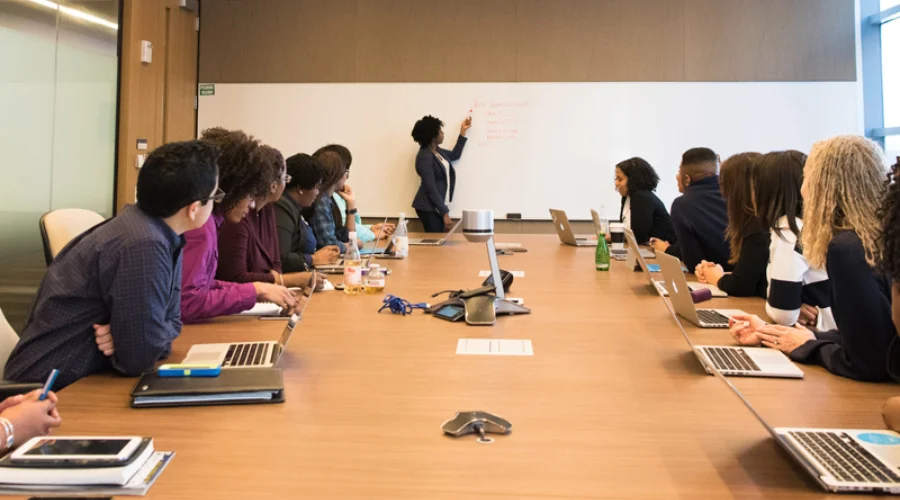
4. Monitor Energy & Engagement Throughout the Session
Stay alert to how people feel. If participants seem tired or distracted, take a short break or switch to a lighter activity. Read the room. A balanced rhythm between focus and relaxation keeps motivation high and helps everyone stay involved.
5. Handle Challenges & Different Learning Styles
Every participant learns differently. Some prefer visuals, others prefer stories or group talk. Adjust your delivery to meet those needs. If someone dominates the conversation or challenges the process, respond calmly and redirect. Being flexible is a key part of the DISC workshop that works for everyone.
6. Reinforce Key Insights with Real-Life Applications
Help participants see how DISC fits into their daily work. Link their styles to real-world examples like:
- Communicating with teammates
- Managing stress and conflict
- Leading or motivating others
- Improving customer relationships
Encourage each person to write one simple action they will take after the session. This helps the learning last beyond the workshop.
7. Wrap Up with Reflection & Digital Resources
End your workshop with reflection and support materials. Ask everyone:
- What was their biggest insight today?
- How can they use it this week?
Then share follow-up tools - such as a DISC summary sheet or online quiz — to help them review and grow. The final takeaway of how to run a DISC workshop is not just knowledge, but a plan for real behavioral change.
Post-Workshop: Reinforcement & Follow-Up
Learning doesn’t stop once the session ends. A strong follow-up plan keeps participants engaged and turns insights into lasting habits. These steps show how to run a DISC workshop that delivers real behavioral change.

Action Planning & Commitments
Right after the workshop, ask each participant to create a short action plan. This plan connects what they learned with what they’ll do next.
- Identify one to three specific actions to apply DISC in daily work.
- Set clear timelines and decide who will hold them accountable.
When people write down their goals and share them, they’re far more likely to act on them.
Follow-up Sessions & Coaching
Reinforcement is key to long-term growth. Organize brief follow-up sessions to help participants stay on track. These can include:
- Short review meetings to refresh key concepts.
- 1-on-1 coaching to discuss real challenges.
- Quick check-ins after a few weeks to track progress.
Consistent touchpoints help individuals turn DISC knowledge into real behavioral change.
Measure Impact & Feedback
Don’t assume the workshop worked - measure it.
Gather feedback using simple tools like surveys or short interviews. Ask:
- Has communication or teamwork improved?
- Are people using DISC language at work?
Compare pre- and post-workshop results to see progress. Use what you learn to improve future sessions and enhance your understanding of how to run a DISC workshop effectively.
Integrate into Culture & Process
The final step is making DISC part of everyday work. Encourage leaders and teams to apply it naturally by:
- Referencing DISC during meetings or performance reviews.
- Using DISC insights in hiring and onboarding.
- Recognizing people who adapt their communication styles.
When DISC becomes part of your workplace culture, it drives stronger collaboration and long-term results.
Unlock your full potential with our comprehensive guide on Free DISC Test!
Common Pitfalls & Tips for Effective DISC Workshops
Learning how to run a DISC workshop takes practice. Many trainers face the same problems that make sessions dull or confusing. Below are common mistakes and simple ways to fix them.
Common Pitfalls When Running DISC Workshops
Even experienced coaches can make small errors when learning how to facilitate DISC assessment. Knowing them early helps you build a better workshop.
- Too much theory: Long lectures make people lose focus. Too many terms or slides cause information overload.
- No real-world use: Without examples or practice, people forget what they learned. They cannot link DISC to daily teamwork.
- Copying offline plans for online sessions: A full in-person agenda does not work online. Long sessions create fatigue and low attention.
- Ignoring audience differences: Each DISC type learns differently. Not adapting to that leads to poor engagement.
- Labeling participants: Putting people into fixed DISC boxes limits growth. It stops them from exploring new behaviors.
Tips for Effective DISC Workshops
A good workshop should mix learning with action. Use these simple tips to keep people active and interested.
- Balance theory and practice: Keep lessons short and clear. After each concept, use a small activity or short talk.
- Use hands-on learning: Let people work in teams or share real problems. This helps them understand how to facilitate DISC assessment in real life.
- Adapt for online workshops: Break the session into 60–90 minute parts. Use polls, breakout rooms, or whiteboards to keep energy high.
- Support different learning styles: Mix visuals, discussions, and reflections. Change between small-group and full-group time.
- Avoid labeling: Remind participants that DISC shows behavior, not limits. Encourage them to try new communication styles.
- Share real stories: Tell short examples from work or past training. Let people reflect and apply DISC to their own cases.
- Follow up: Send short reminders or small exercises after the workshop. This helps learners turn ideas into habits.

Conclusion
Learning how to run a DISC workshop is more than just following steps — it’s about helping people connect, communicate, and grow together. With the right preparation and a human approach, you can turn every session into a meaningful experience. Start small, stay consistent, and watch your team build stronger trust and understanding. Run your next DISC workshop with purpose, and you’ll see real change happen from the inside out.
FAQs
1. How much does DISC training cost?
DISC training prices depend on the provider and format. A group session usually costs $150–$350 per person. Online workshops may start at $100. For company programs led by certified trainers, the fee can reach $1,500–$5,000 per day. Prices often include the DISC report and materials. Always ask if follow-up support is part of the package before booking.
2. Can participants retake the DISC assessment?
Yes, participants can take the DISC assessment again. It’s helpful after a job change, a new team, or about every 12–18 months. Retesting shows how behavior or communication has developed over time. While personality stays stable, styles can shift with experience. Taking it again helps track growth and improve teamwork and self-awareness.
3. How many participants is ideal per facilitator?
The best group size for a DISC workshop is 8–15 people per facilitator. This allows enough time for each person to share and join activities. Small groups make it easier to give feedback and build trust. For large company events, one extra facilitator should join for every 15–20 participants to keep the session engaging and smooth.


Don't Let Your Potential Stay Hidden!
Take the DISC test today and discover your unique 'YOU', with deep insights into your true personality and potential.

Represents your instinctive behaviors and desires.
Shows the behavioral tendencies you think you should exhibit in specific situations.
Related articles
You may also be interested in
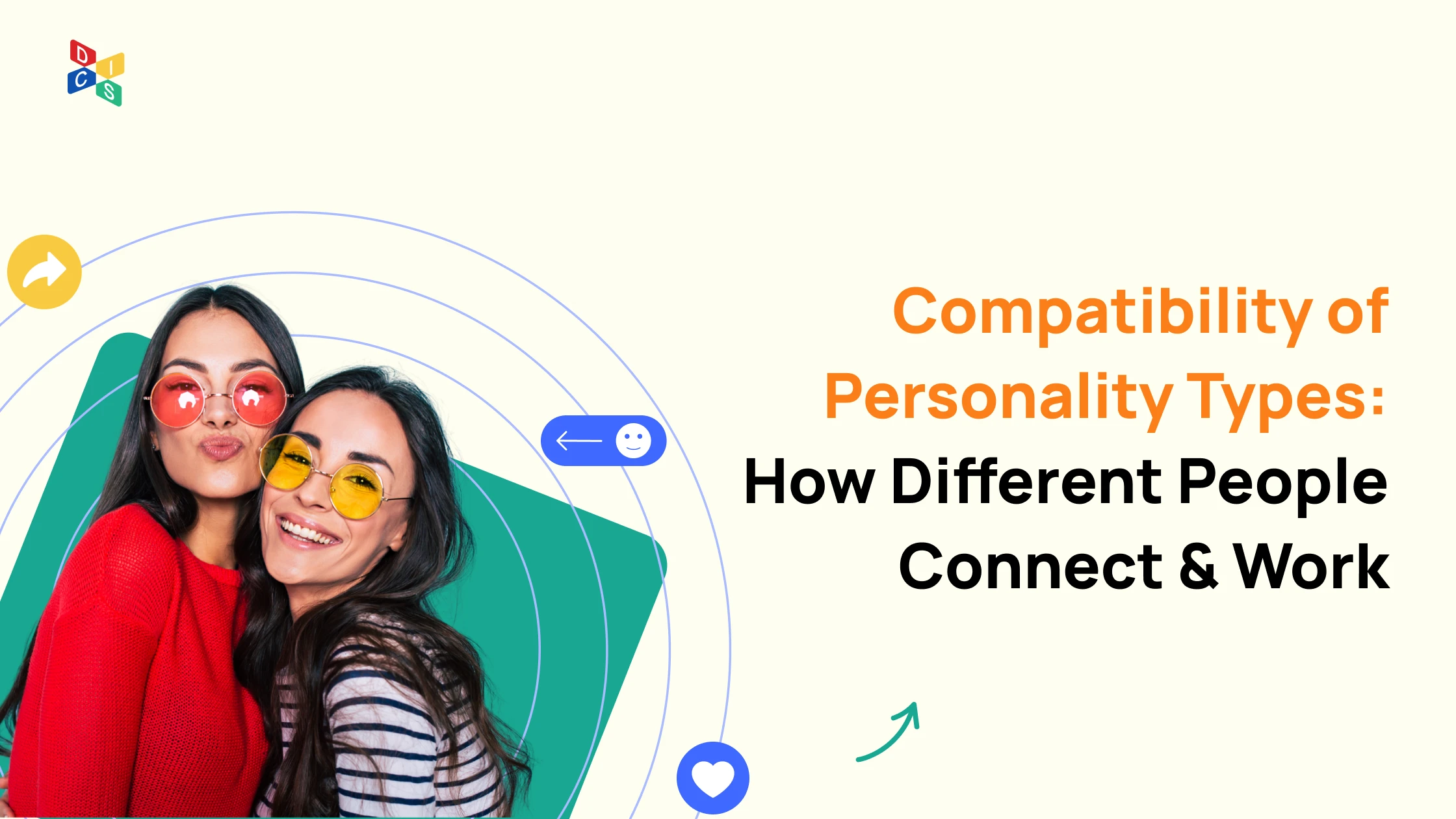 DISCDec 02, 2025
DISCDec 02, 2025Compatibility of Personality Types: How Different People Connect & Work
Discover the Compatibility of Personality Types and how different traits connect. Learn how strengths and differences shape deeper, more lasting bonds.
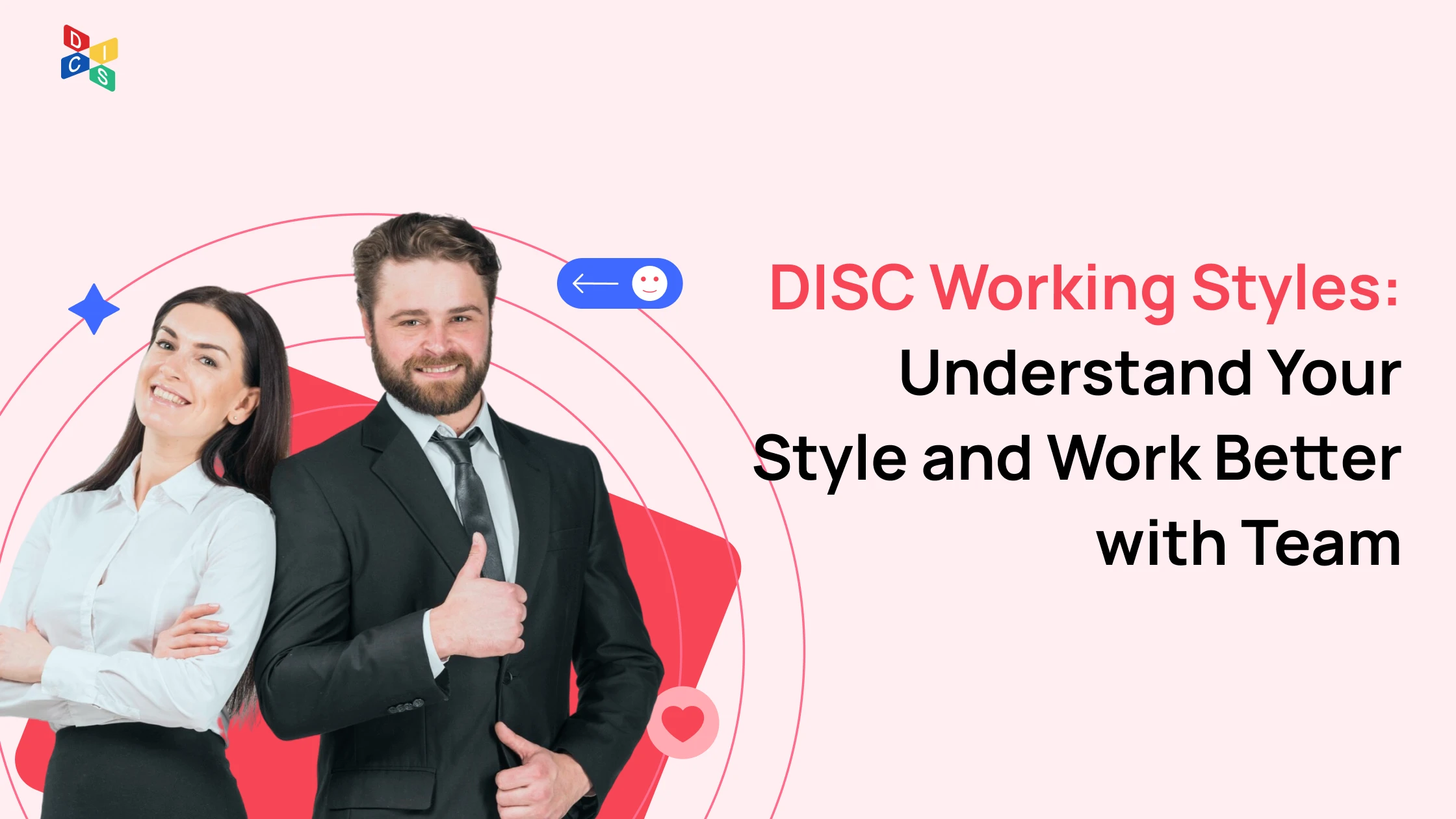 DISCNov 21, 2025
DISCNov 21, 2025DISC Working Styles: Understand Your Style and Work Better with Team
Unlock the power of DISC working styles to boost teamwork, communication, and leadership. Discover your style and learn how to work smarter with any team.
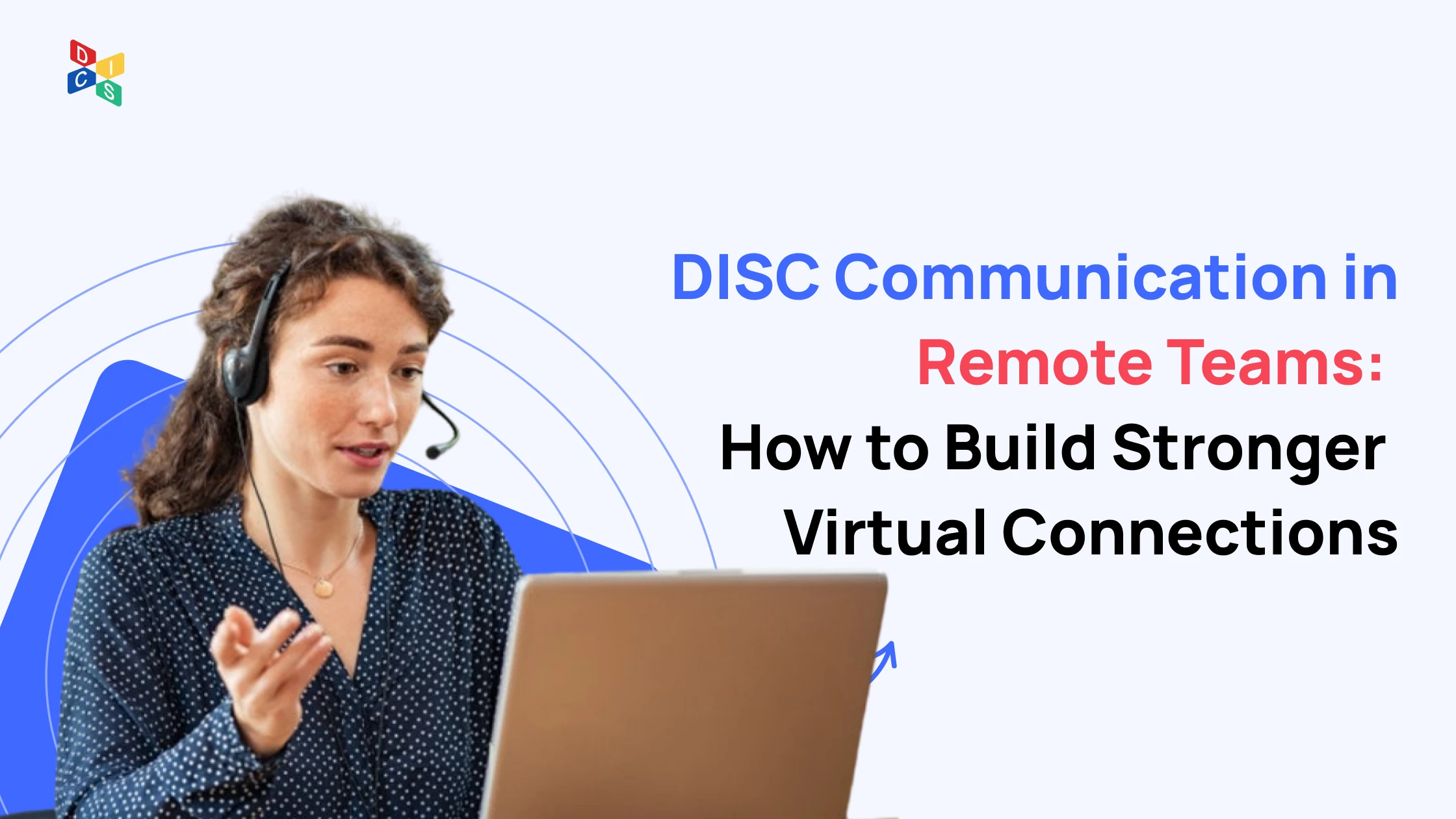 DISCOct 24, 2025
DISCOct 24, 2025DISC Communication in Remote Teams: How to Build Stronger Virtual Connections
Learn how DISC communication in remote teams improves collaboration, reduces conflict, and helps leaders connect effectively in virtual environments.
